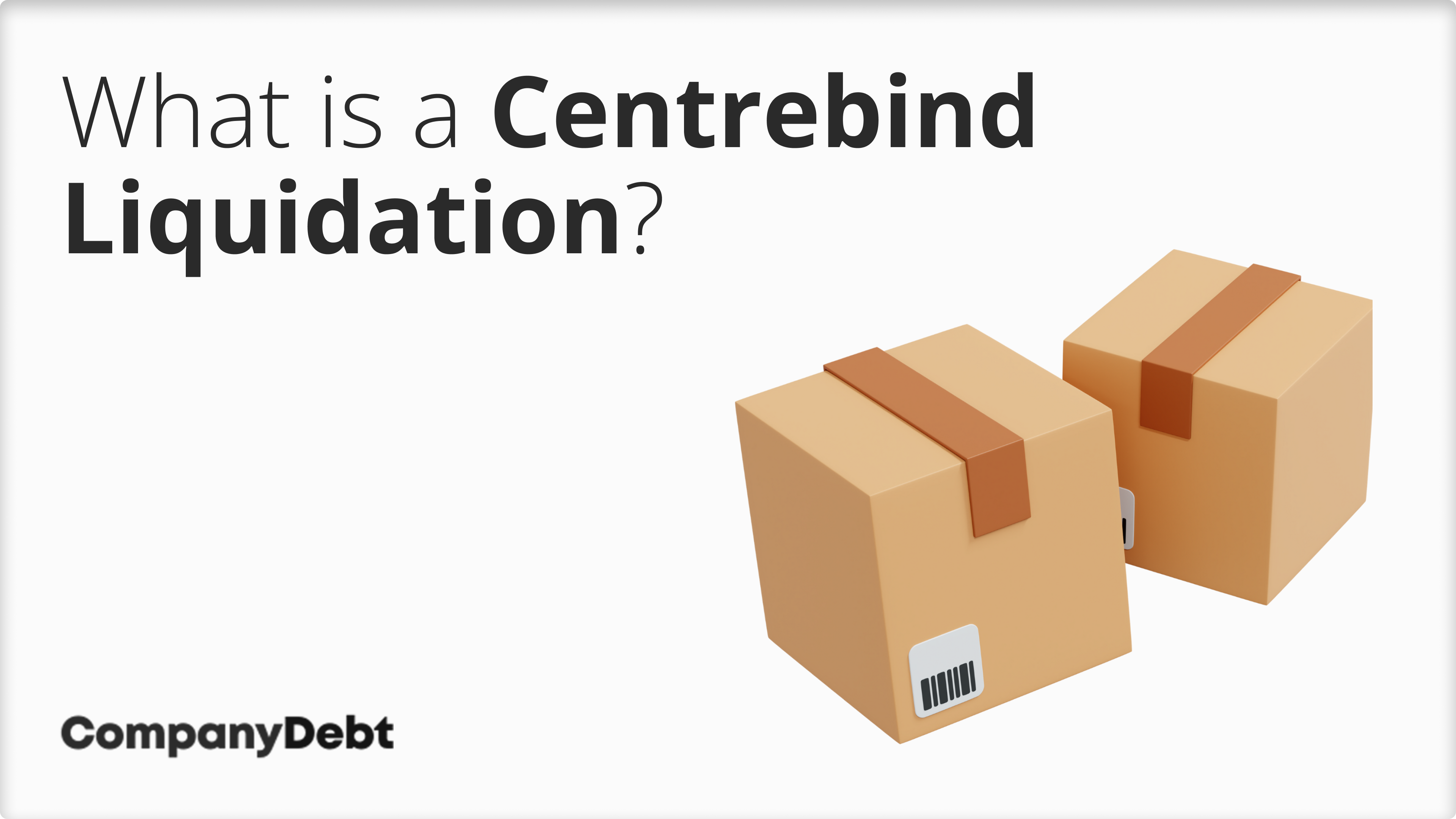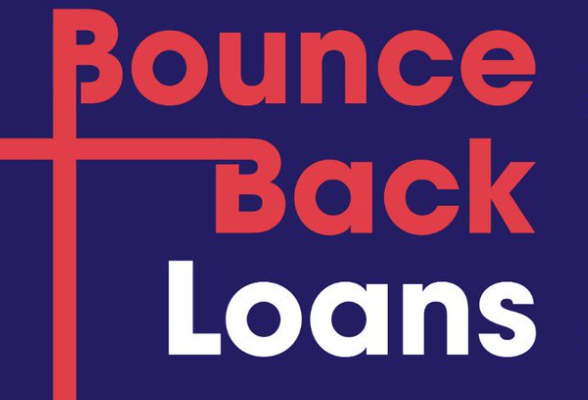
What is a Centrebind Liquidation?
Unlike a compulsory liquidation, where an insolvent company is forced into liquidation by the Courts, a Creditors’ Voluntary Liquidation also known as a CVL is initiated by the company’s directors.
When a business has become insolvent and other options are unlikely to deliver a better return for creditors, A CVL is the most common and appropriate course of action. In line with insolvency rules, a CVL is a strict, deadline-driven process, and this remains the case for a centrebind liquidation. However, the decision turnaround times are much faster in an attempt to preserve the value of the company’s assets.
Centrebind is an Accelerated Liquidation Procedure
Adopting a centrebind procedure is an accelerated process and an appropriate course of action when the company’s assets are perishable goods, for example. In a centrebind liquidation, the liquidator has the right to manage the company’s affairs and start disposing of the company’s assets before the approval of creditors has been given.

How is a Centrebind Liquidation Different?
During a regular CVL, shareholders must receive 14 days notice of the shareholders’ meeting unless 90% of shareholders (by value) agree to the meeting taking place at ‘short notice’.
This is the required percentage for private companies unless a higher percentage is specified in the company’s Articles of Association. If an agreement is reached to hold the shareholders’ meeting at short notice, it is held no later than seven days after consent has been given.
At the meeting, which can take place face to face or via correspondence, the shareholders pass a number of resolutions, such as to wind up the company, nominate a liquidator, fix the fees of the liquidation.
When adopting a centrebind procedure, directors must issue a notice to creditors, seeking their approval on the resolutions passed faster and on the same day as the shareholders’ meeting.
The ‘decision date’ or decision process on the resolutions is also brought forward for creditors to take place no later than seven days after the resolutions have been passed. In a regular CVL, the decision date takes place no earlier than three days after the notice is delivered or no later than 14 days after the shareholders’ meeting.
The Origins of the Centrebind Procedure
This type of liquidation procedure is named after the company Centrebind Ltd that featured in the 1967 court case.
Here, the judge’s decision was that a liquidator could act as soon as he or she was appointed by the shareholders and before the creditors’ meeting. During this time, the liquidator could dispose of the company’s assets.
This legal loophole was frequently exploited by the former directors of the company in liquidation, who would sell the business’ assets to a new company before the creditors’ meeting had taken place. These disposals would frequently be to the disadvantage of creditors. At the end of the process, the new debt-free company would have the same directors.
Since the Centrebind Ltd case, safeguards have been put in place and the loophole has been effectively closed. Firstly, liquidators can no longer act before the creditors’ meeting unless they have the approval of the Court. However, the liquidator can exercise certain powers without a court order, such as take control of the company’s property, dispose of perishable goods or other goods that are likely to diminish in value if they are not sold quickly.
Secondly, the appointment of professional insolvency practitioners has also limited practices, such as transferring an insolvent business to a party that is connected in some way without first acting in the best interests of creditors.
The Main Differences Between a CVL and a Centrebind
During a regular CVL, shareholders must receive 14 days notice of the shareholders’ meeting unless 90% of shareholders (by value) agree to the meeting taking place at ‘short notice’. If agreement is reached to hold the shareholders’ meeting at short notice, it is held no later than seven days after consent has been given.
At the meeting, shareholders pass a number of resolutions, such as to wind up the company.
When a centrebind procedure is adopted, directors issue a notice to creditors, seeking their approval on the resolutions passed on the same day as the shareholders’ meeting. The ‘decision date’ for creditors on the resolutions is also brought forward to take place no later than seven days after the resolutions were passed. In a regular CVL, the decision date takes place no later than 14 days after the shareholders’ meeting.
Need Help?
If you would like to know more about liquidating your company and adopting a centrebind procedure, please call 0800 074 6757 or email info@companydebt.com for free and confidential advice from one of our professional advisers. Read more about liquidation.










